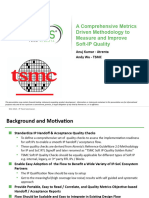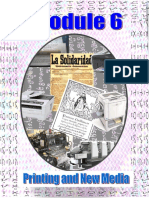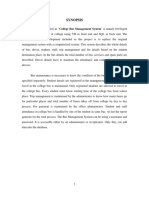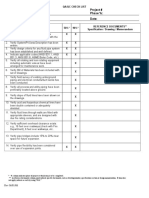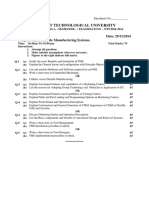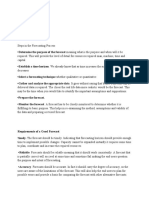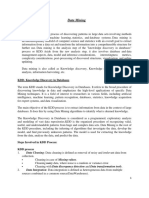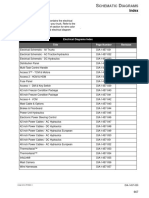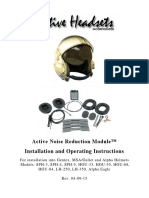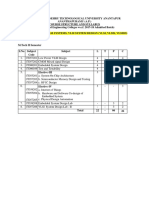Base Machine Learning & AI — A 2025 Guide
Prepared for infohb nadeem • August 30, 2025
Introduction: AI vs ML vs DL
• Artificial Intelligence (AI): Broad field of building systems that simulate human intelligence. • Machine
Learning (ML): Subset of AI where systems learn patterns from data instead of being explicitly
programmed. • Deep Learning (DL): Subset of ML using multi-layered neural networks for complex tasks
like image and speech recognition.
Types of Machine Learning
• Supervised Learning: Trained on labeled data (e.g., predicting house prices). • Unsupervised Learning:
Finds hidden patterns in unlabeled data (e.g., customer clustering). • Reinforcement Learning: Learns by
interacting with an environment and receiving rewards (e.g., game-playing AI).
Core Algorithms
• Linear Regression: Predicts numeric outcomes. • Logistic Regression: For binary classification. •
Decision Trees & Random Forests: Rule-based models for classification and regression. • Support Vector
Machines (SVMs): Classifier maximizing decision margins. • Neural Networks: Inspired by the human
brain, effective for vision, NLP, etc.
ML Workflow
1. Data collection & preprocessing (cleaning, feature extraction). 2. Model selection (choose algorithm).
3. Training (fit model to data). 4. Evaluation (accuracy, precision, recall, F1-score). 5. Deployment
(integrating into apps/products). 6. Monitoring & retraining (continuous improvement).
Applications of ML & AI
• Healthcare: Disease detection, drug discovery. • Finance: Fraud detection, algorithmic trading. •
Marketing: Customer segmentation, recommendation systems. • Robotics: Self-driving cars, automation.
• NLP: Chatbots, language translation. • Cybersecurity: Threat detection.
Challenges
• Data quality & availability. • Bias & fairness issues. • Explainability (black-box nature). • Compute &
energy cost. • Security risks & adversarial attacks.
Future Trends
�• AutoML: Automated model building. • Explainable AI (XAI). • Edge AI (on-device processing). •
Generative AI (text, images, video). • AI regulation & ethics.
Python Example: Logistic Regression Classification
from sklearn.datasets import load_iris
from sklearn.model_selection import train_test_split
from sklearn.linear_model import LogisticRegression
from sklearn.metrics import accuracy_score
# Load dataset
X, y = load_iris(return_X_y=True)
# Split data
X_train, X_test, y_train, y_test = train_test_split(X, y, test_size=0.2, random_state=42)
# Train model
model = LogisticRegression(max_iter=200)
model.fit(X_train, y_train)
# Predict
y_pred = model.predict(X_test)
print("Accuracy:", accuracy_score(y_test, y_pred))
�References
Goodfellow, Bengio, Courville — Deep Learning (MIT Press)
Scikit-learn documentation: https://scikit-learn.org/stable/
Andrew Ng — Machine Learning course (Coursera)
Wikipedia — Machine learning: https://en.wikipedia.org/wiki/Machine_learning









































































